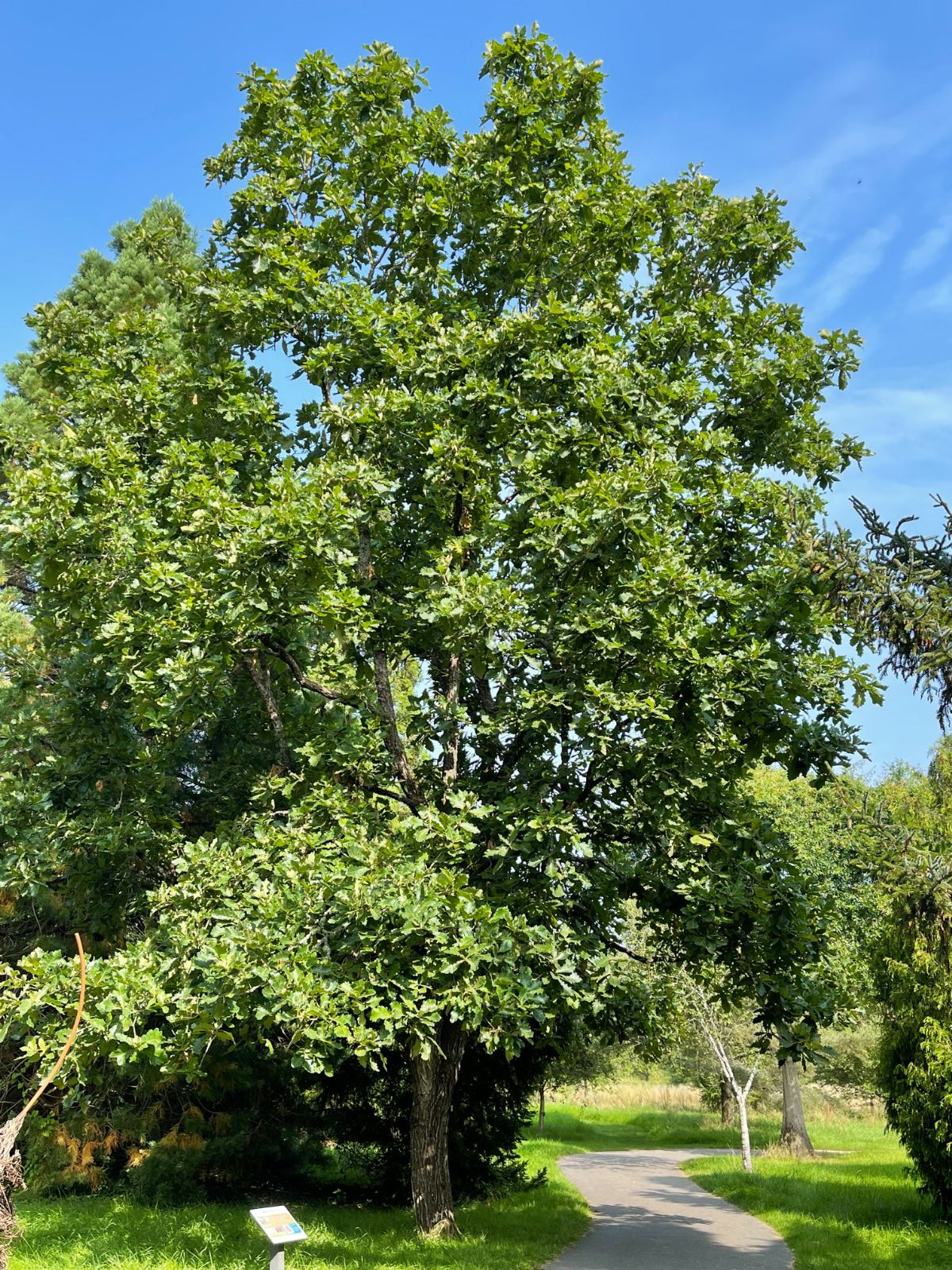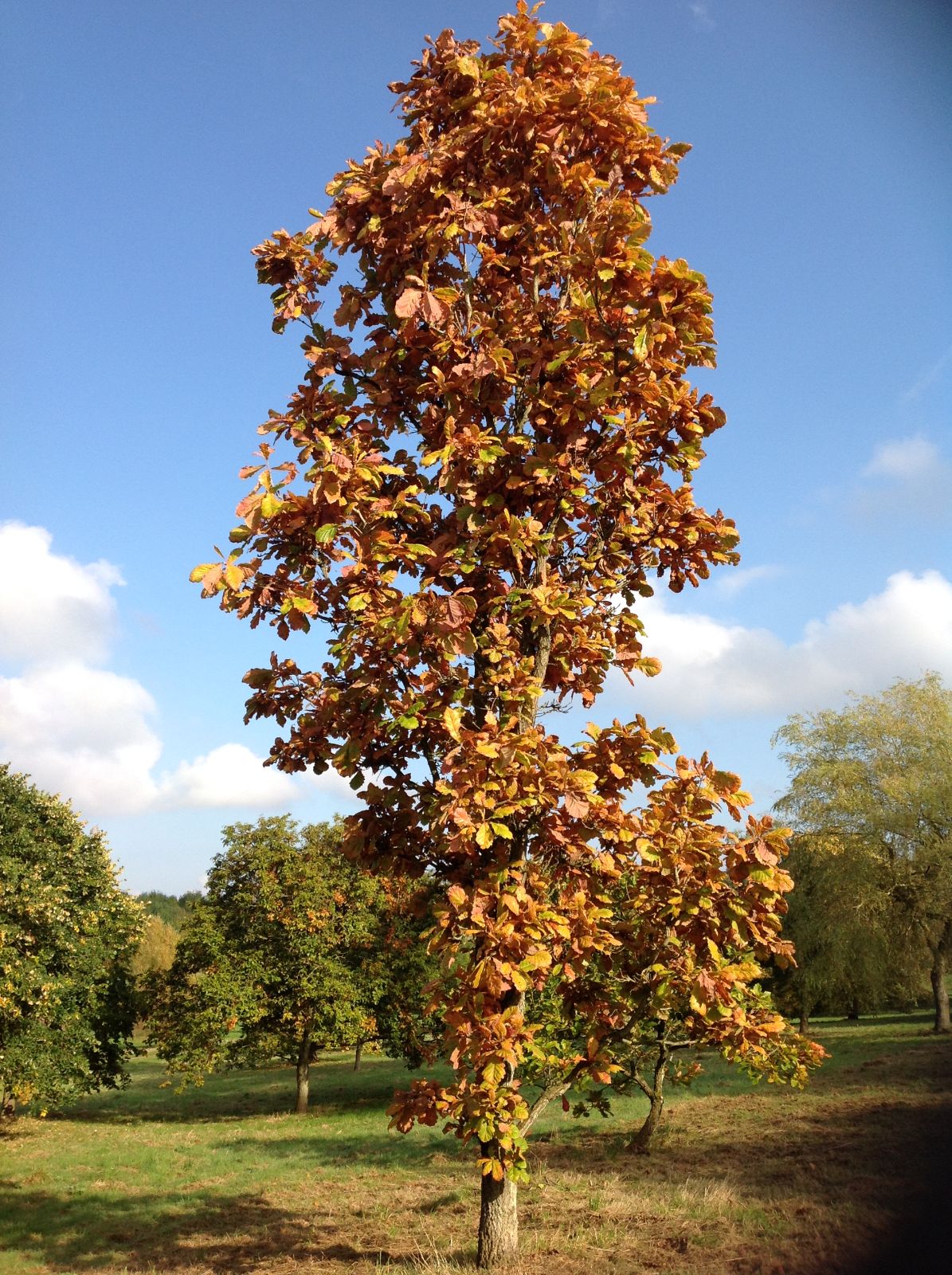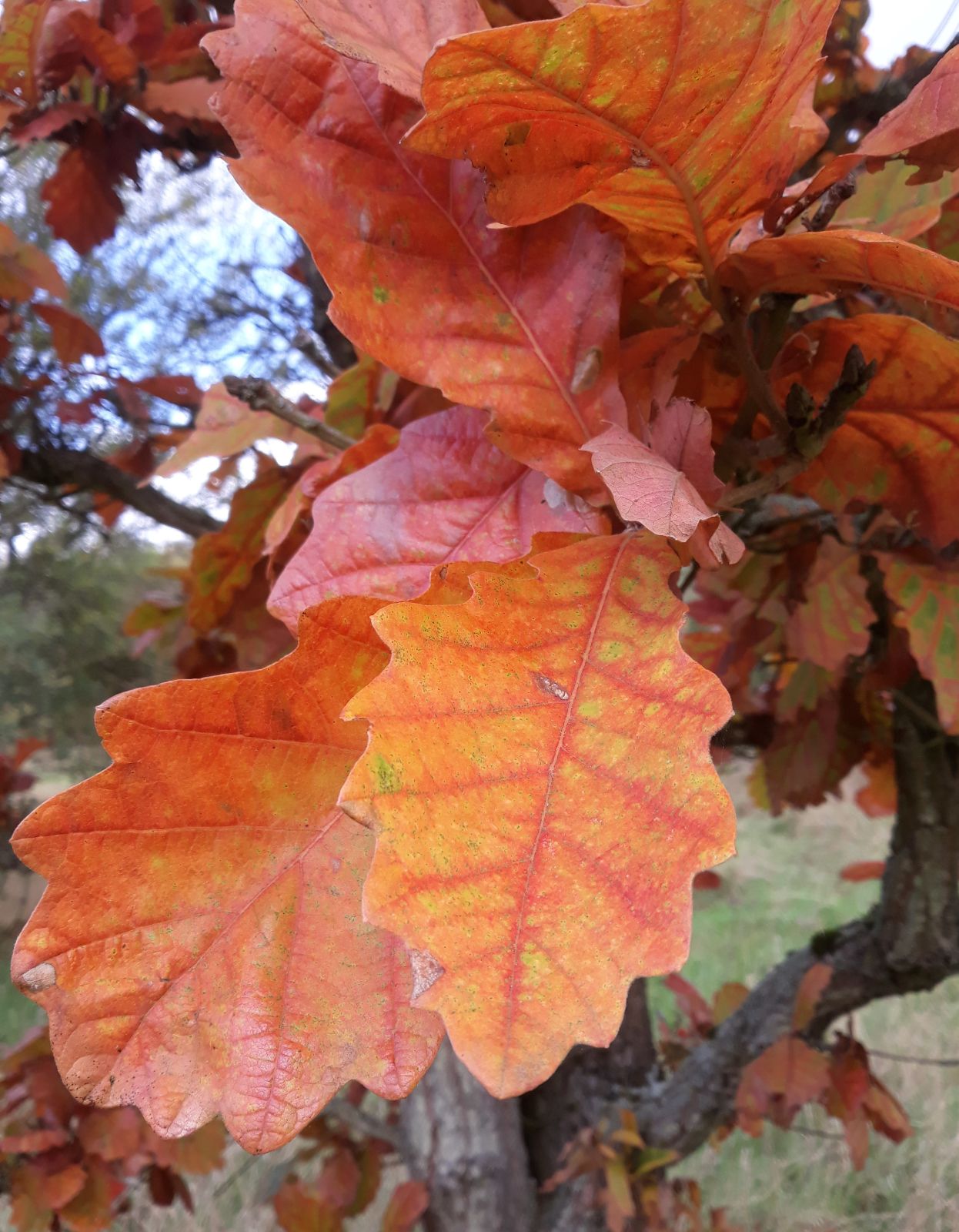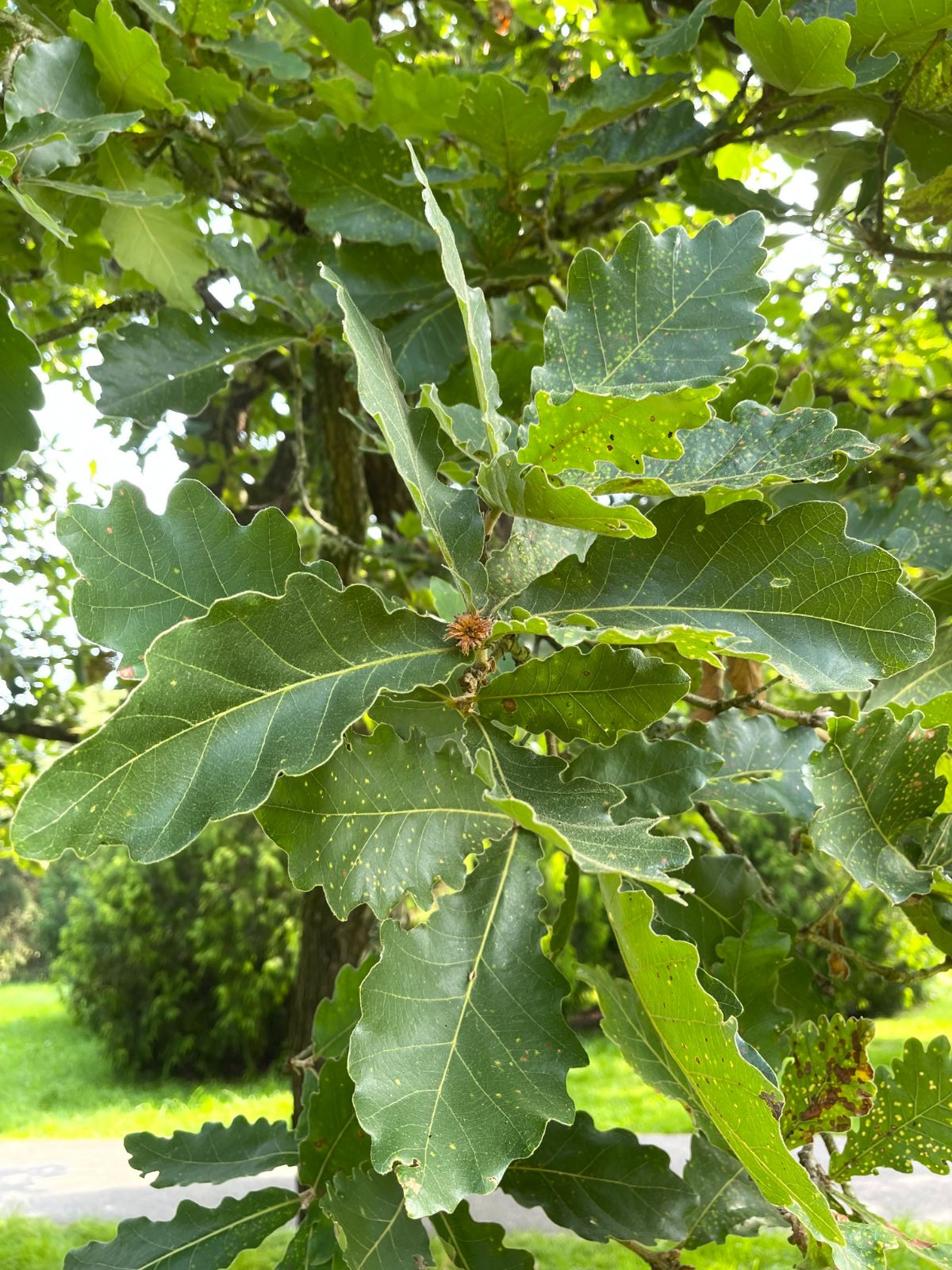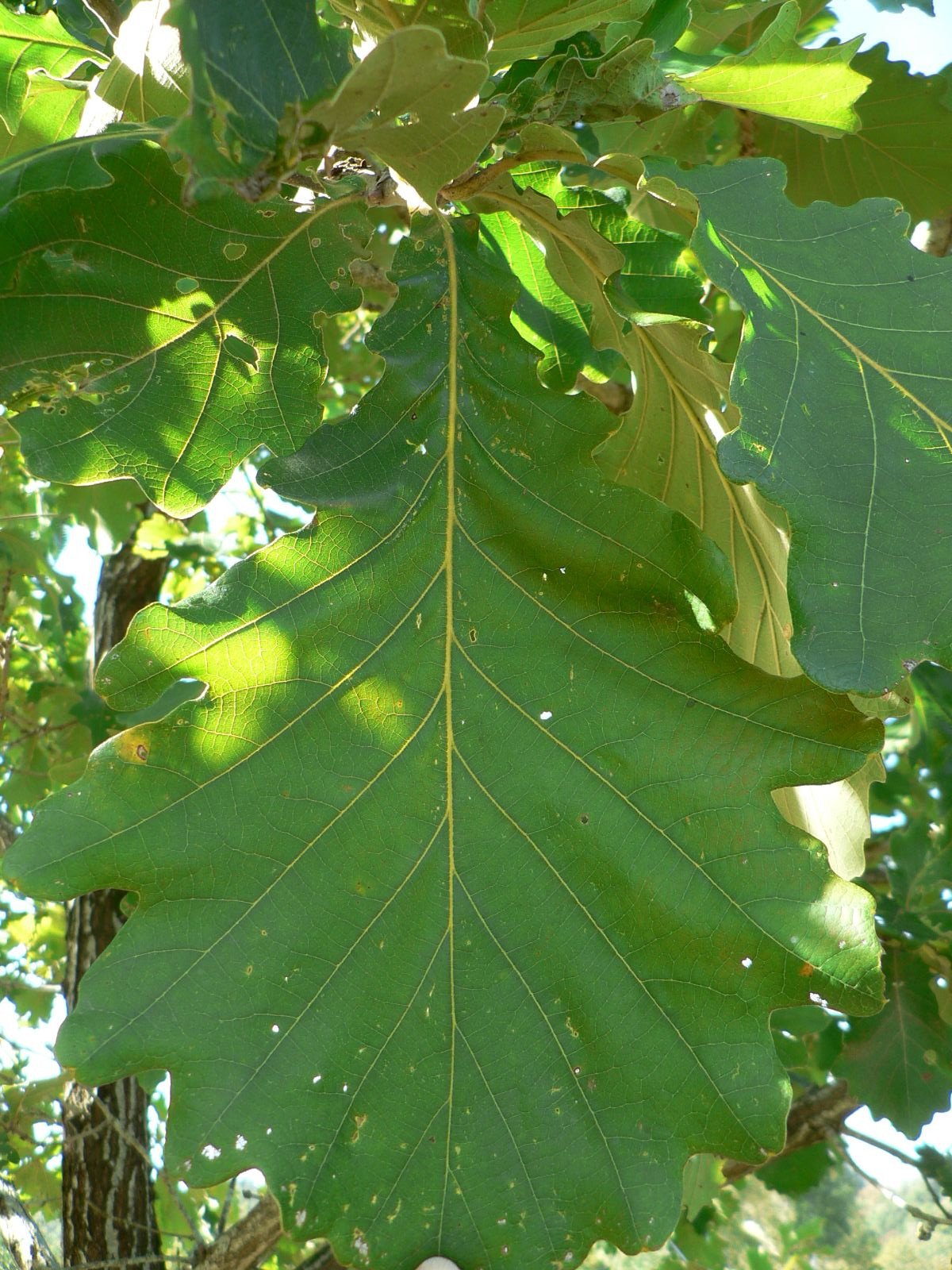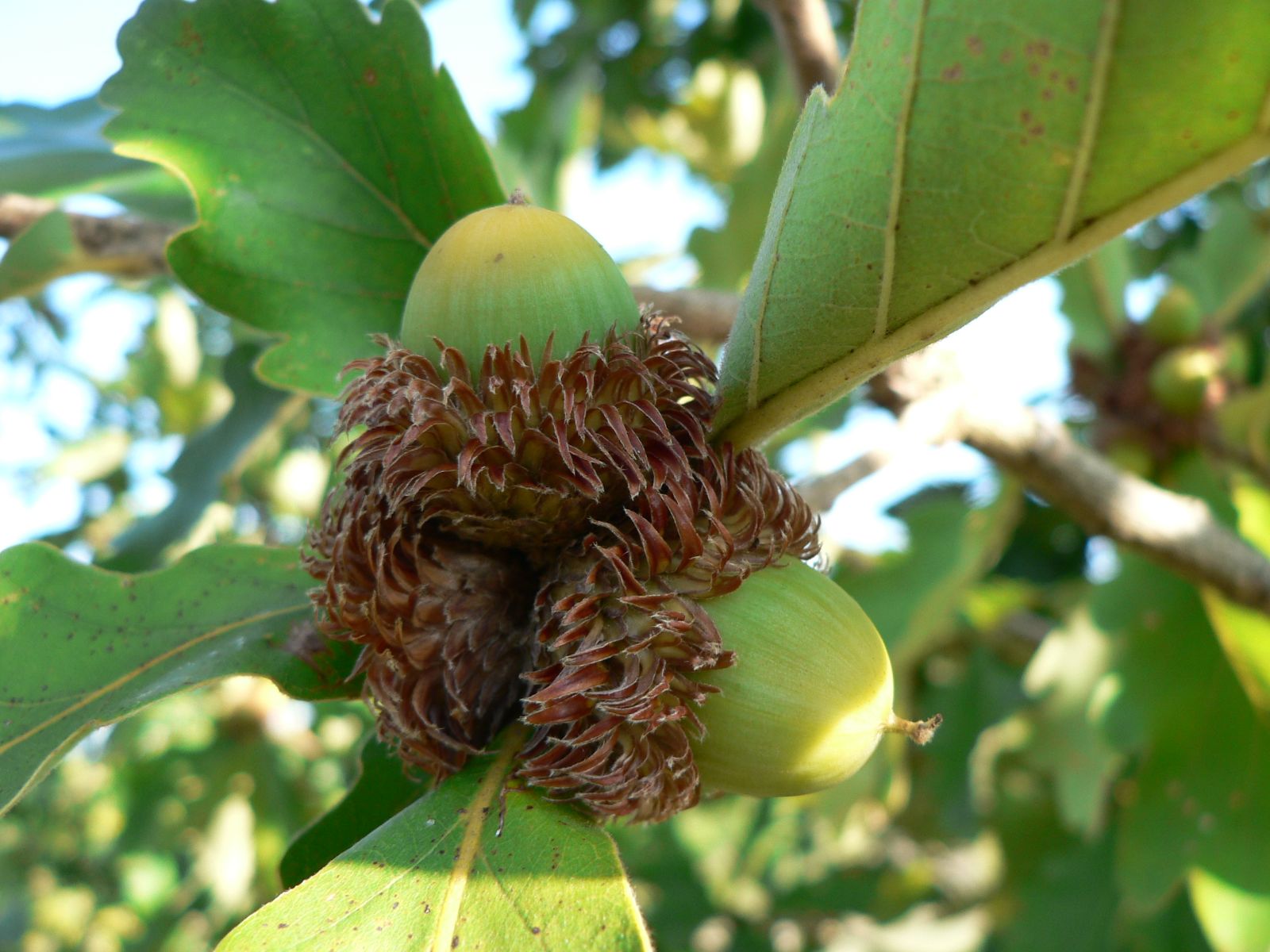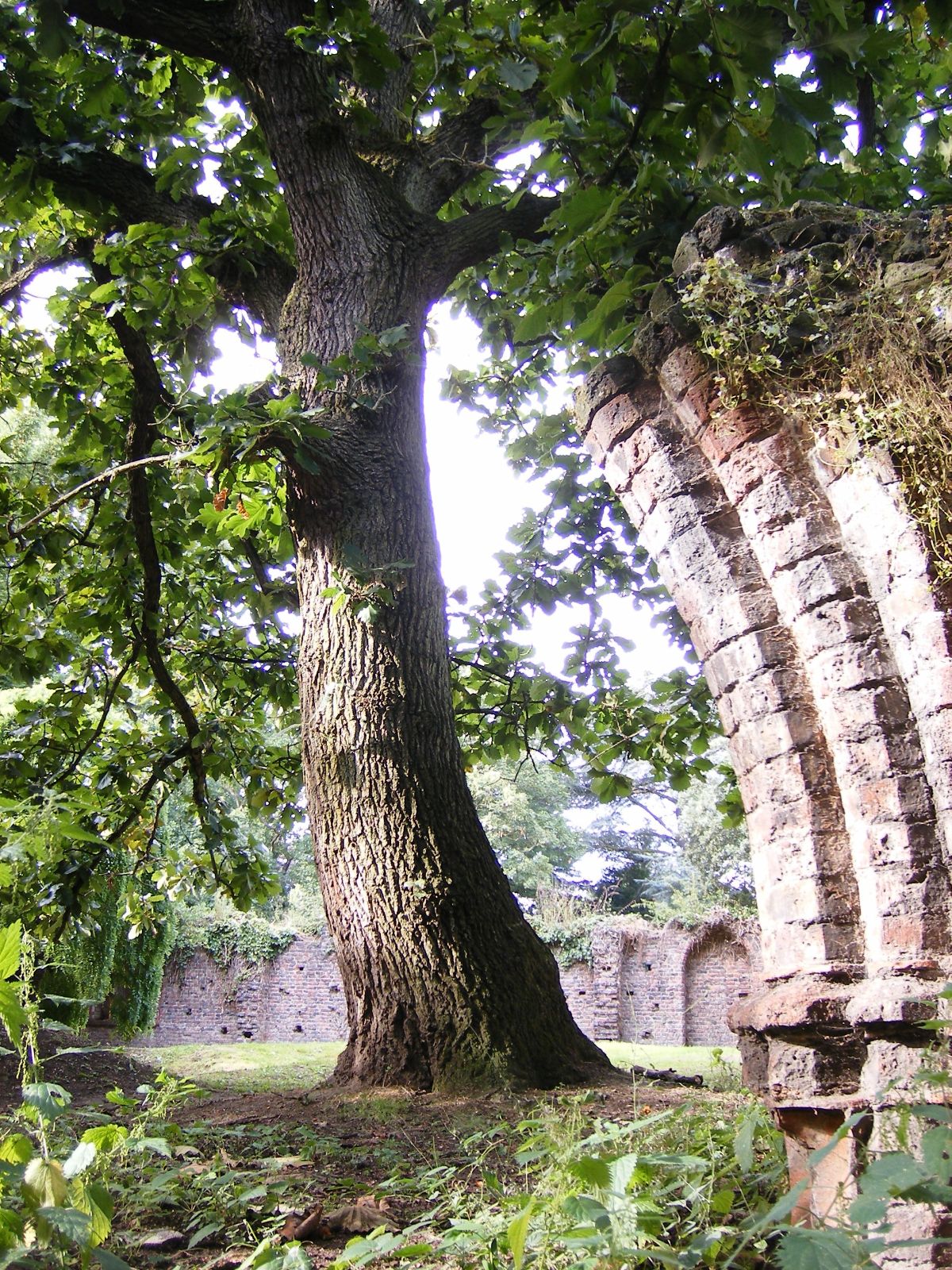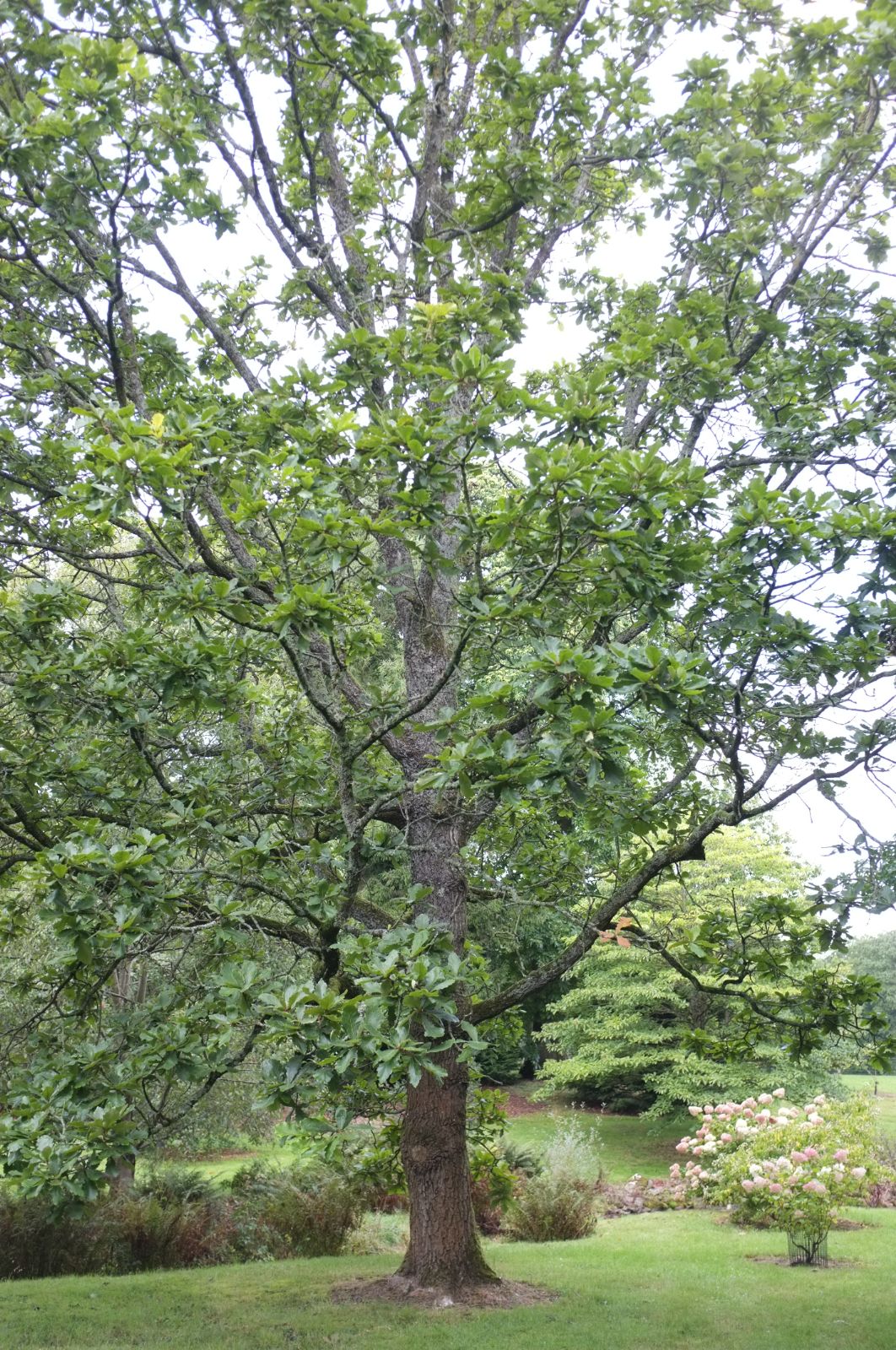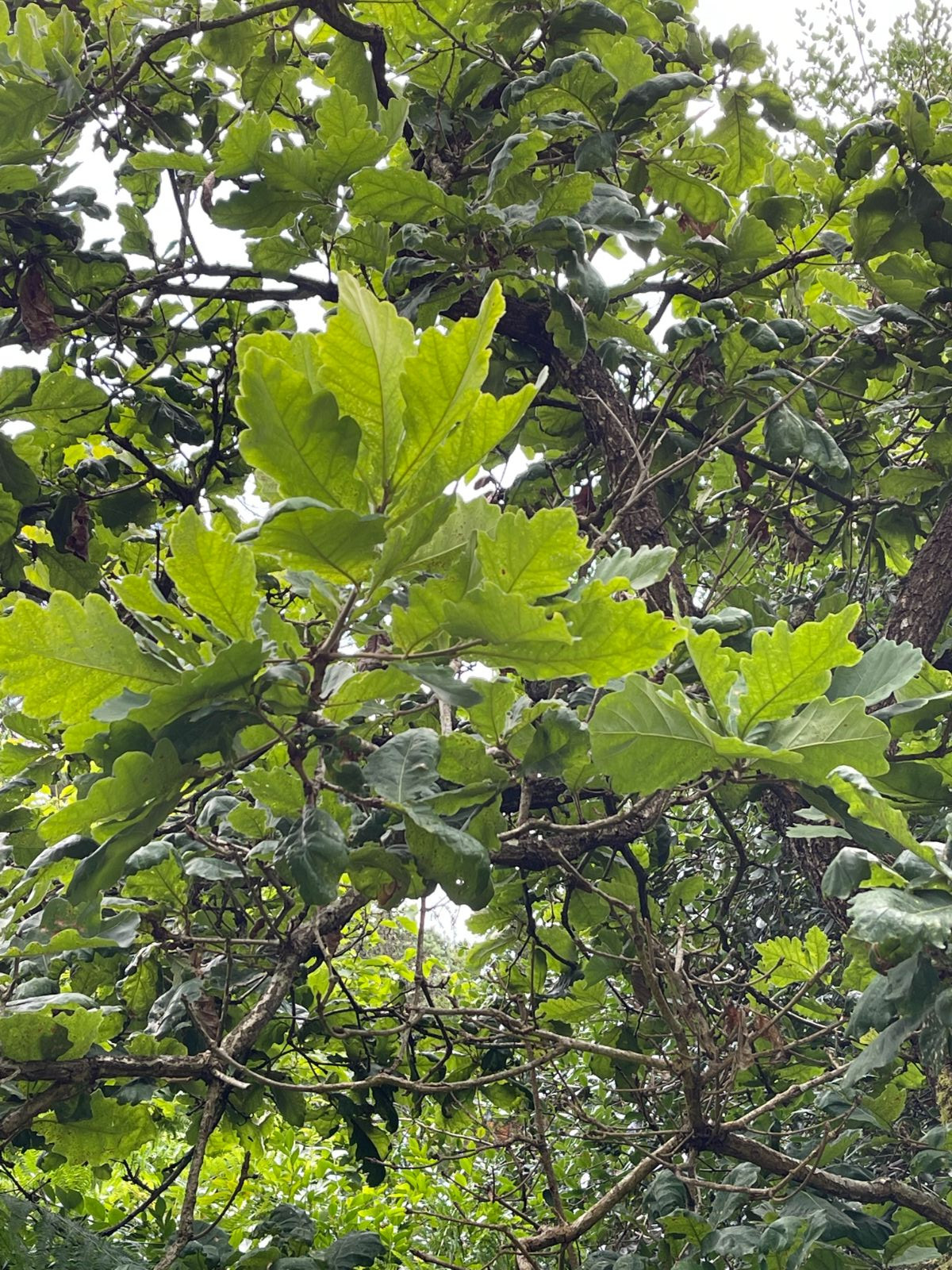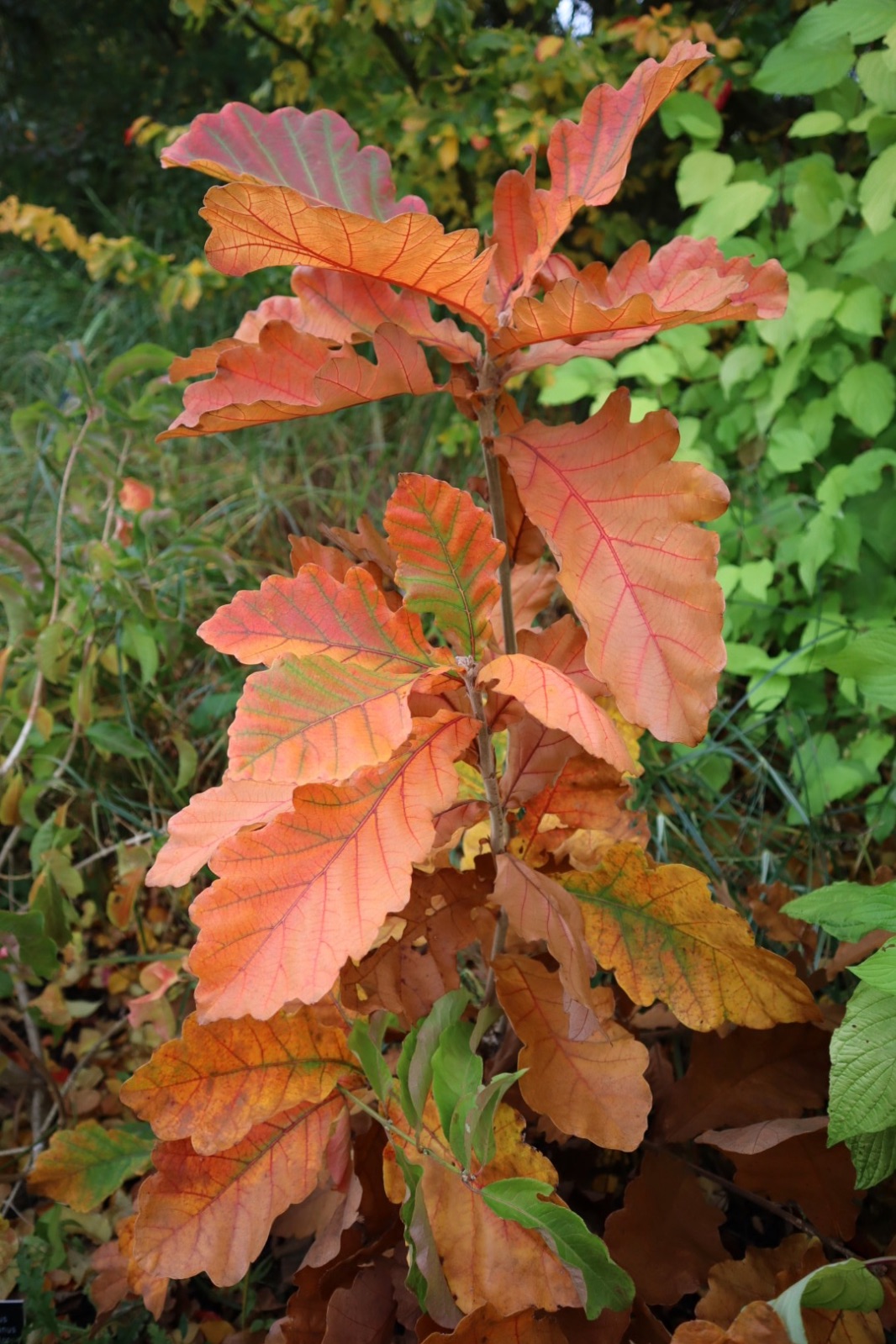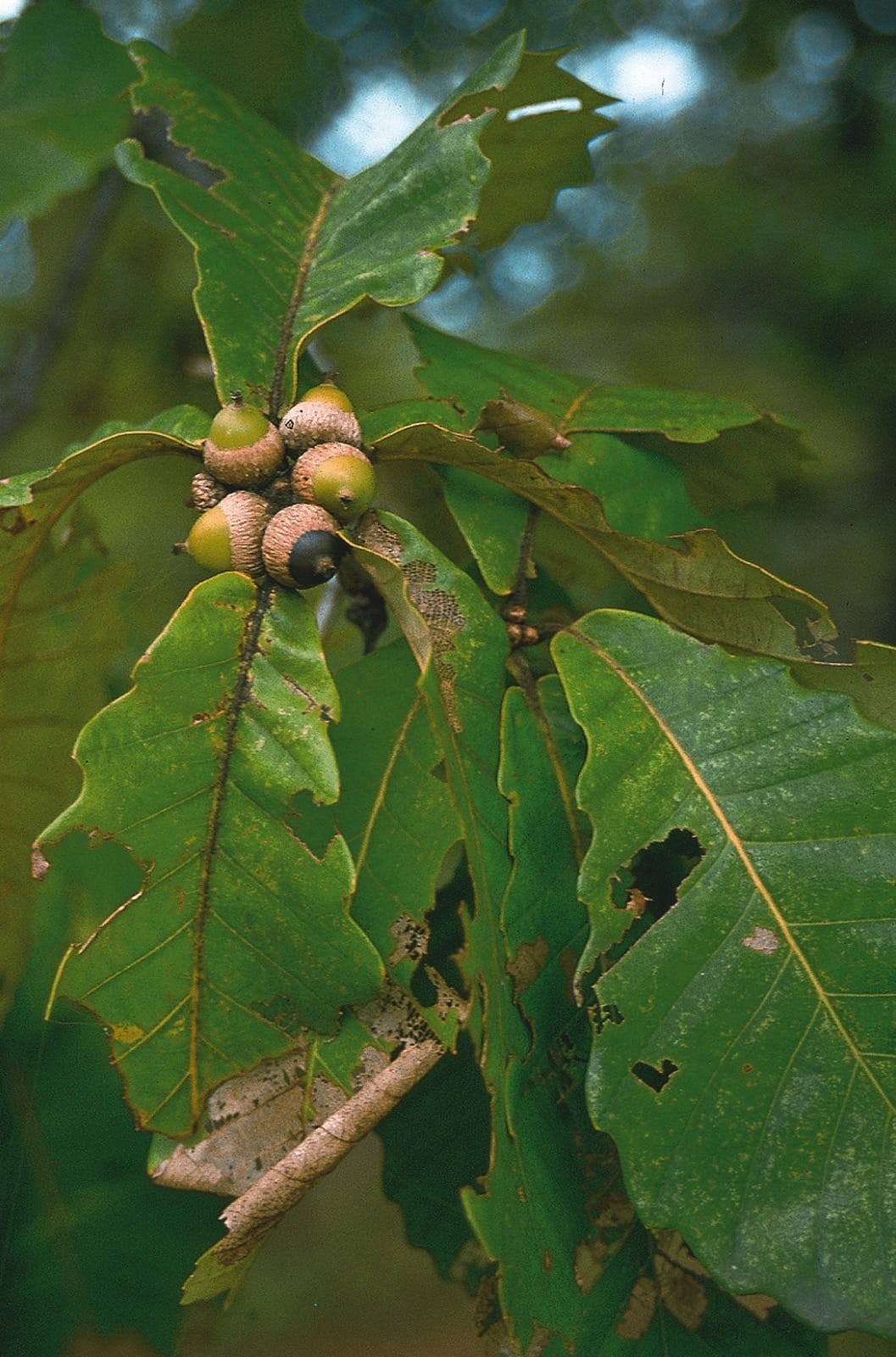Quercus dentata
Sponsor
Kindly sponsored by
The Trees and Shrubs Online Oak Consortium
Credits
Article from Bean's Trees and Shrubs Hardy in the British Isles
Article from New Trees by John Grimshaw & Ross Bayton
Recommended citation
'Quercus dentata' from the website Trees and Shrubs Online (treesandshrubsonline.
Infraspecifics
Other taxa in genus
- Quercus acerifolia
- Quercus acherdophylla
- Quercus acrodonta
- Quercus acuta
- Quercus acutifolia
- Quercus acutissima
- Quercus afares
- Quercus affinis
- Quercus agrifolia
- Quercus alba
- Quercus aliena
- Quercus alnifolia
- Quercus aquifolioides
- Quercus arizonica
- Quercus arkansana
- Quercus aucheri
- Quercus augustini
- Quercus austrina
- Quercus × auzendei
- Quercus baloot
- Quercus bambusifolia
- Quercus baronii
- Quercus bicolor
- Quercus brantii
- Quercus buckleyi
- Quercus canariensis
- Quercus canbyi
- Quercus candicans
- Quercus castanea
- Quercus castaneifolia
- Quercus cerris
- Quercus chenii
- Quercus chrysolepis
- Quercus coccifera
- Quercus cocciferoides
- Quercus coccinea
- Quercus conspersa
- Quercus crassifolia
- Quercus crassipes
- Quercus delavayi
- Quercus deserticola
- Quercus dolicholepis
- Quercus douglasii
- Quercus dumosa
- Quercus durifolia
- Quercus eduardii
- Quercus ellipsoidalis
- Quercus emoryi
- Quercus engelmannii
- Quercus engleriana
- Quercus euboica
- Quercus eugeniifolia
- Quercus fabri
- Quercus faginea
- Quercus falcata
- Quercus floribunda
- Quercus frainetto
- Quercus franchetii
- Quercus fruticosa
- Quercus fusiformis
- Quercus gambelii
- Quercus garryana
- Quercus geminata
- Quercus georgiana
- Quercus germana
- Quercus gilliana
- Quercus gilva
- Quercus glabrescens
- Quercus glauca
- Quercus graciliformis
- Quercus gravesii
- Quercus griffithii
- Quercus grisea
- Quercus guyavifolia
- Quercus hartwissiana
- Quercus hemisphaerica
- Quercus × hispanica
- Quercus hondae
- Quercus hypargyrea
- Quercus hypoleucoides
- Quercus ilex
- Quercus ilicifolia
- Quercus imbricaria
- Quercus incana
- Quercus infectoria
- Quercus insignis
- Quercus ithaburensis
- Quercus kelloggii
- Quercus × kewensis
- Quercus kiukiangensis
- Quercus laceyi
- Quercus laevis
- Quercus lamellosa
- Quercus lanata
- Quercus lancifolia
- Quercus laurifolia
- Quercus laurina
- Quercus × leana
- Quercus leucotrichophora
- Quercus × libanerris
- Quercus libani
- Quercus lobata
- Quercus lobbii
- Quercus lodicosa
- Quercus longinux
- Quercus longispica
- Quercus look
- Quercus × ludoviciana
- Quercus macranthera
- Quercus macrocalyx
- Quercus macrocarpa
- Quercus macrolepis
- Quercus marilandica
- Quercus mexicana
- Quercus michauxii
- Quercus mongolica
- Quercus monimotricha
- Quercus montana
- Quercus morii
- Quercus muehlenbergii
- Quercus myrsinifolia
- Quercus myrtifolia
- Quercus nigra
- Quercus × numidica
- Quercus oblongifolia
- Quercus obtusata
- Quercus oglethorpensis
- Quercus oxyodon
- Quercus pagoda
- Quercus palmeri
- Quercus palustris
- Quercus pannosa
- Quercus parvula
- Quercus petraea
- Quercus phellos
- Quercus phillyreoides
- Quercus planipocula
- Quercus poilanei
- Quercus polymorpha
- Quercus pontica
- Quercus prinoides
- Quercus pubescens
- Quercus pyrenaica
- Quercus rehderiana
- Quercus reticulata
- Quercus robur
- Quercus rotundifolia
- Quercus rubra
- Quercus rugosa
- Quercus rysophylla
- Quercus sadleriana
- Quercus salicina
- Quercus sartorii
- Quercus × schneideri
- Quercus schottkyana
- Quercus semecarpifolia
- Quercus senescens
- Quercus serrata
- Quercus sessilifolia
- Quercus setulosa
- Quercus shumardii
- Quercus sinuata
- Quercus spinosa
- Quercus stellata
- Quercus stenophylloides
- Quercus suber
- Quercus subspathulata
- Quercus tarokoensis
- Quercus tatakaensis
- Quercus texana
- Quercus tomentella
- Quercus trojana
- Quercus tungmaiensis
- Quercus turbinella
- Quercus × turneri
- Quercus undulata
- Quercus utahensis
- Quercus utilis
- Quercus uxoris
- Quercus variabilis
- Quercus velutina
- Quercus virginiana
- Quercus vulcanica
- Quercus warburgii
- Quercus wislizenii
- Quercus xalapensis
A deciduous round-headed tree 60 or more ft high, described as being of ungainly, unpicturesque habit when old; young shoots stout, densely covered with greyish soft hairs. Leaves amongst the largest of all hardy oaks, occasionally over 1 ft long and 6 or 7 in. wide, the smallest one-third those dimensions, obovate, tapered at the base, blunt or rounded at the apex, the margin with five to nine rounded lobes or deep undulations at each side. When quite young the upper surface is covered with minute down, the undersurface with a whitish felt; but, as the season advances, the down falls away from the upper surface, the lower one remaining sparsely downy. Acorns 1⁄2 to 3⁄4 in. long, rounded; the cup covered with long, narrow, downy scales.
Native of Japan and of the mainland of N.E. Asia; introduced to Europe in 1830. It is a remarkable oak on account of its enormous leaves, but has never been really a success in this country, and is usually short-lived. Its habit is thin and gaunt. The undersurface of its leaves sometimes presents an extraordinary appearance because of an infestation of disk-like galls, so thickly placed as to overlap each other.
At the present time there are two examples of this oak in the collection at Kew, neither of much beauty: one, pl. 1893, is 30 × 21⁄2 ft, the other, pl. 1907, 17 × 11⁄4 ft (1965). It has thrived better at Osterley Park on the other side of the Thames where there is a fine tree measuring 37 × 41⁄4 ft (1965) and another of about the same size. Others recorded recently are: Westonbirt, a crowded tree in Willesley Drive, 50 × 33⁄4 ft (1967); The Grange, Benenden, Kent, 36 × 21⁄4 ft (1972); Trewidden, Cornwall, 40 × 43⁄4 ft (1959); Caerhays, Cornwall, 47 × 41⁄4 ft (1971); Edinburgh Botanic Garden, pl. 1931, 38 × 3 ft (1970).
From the Supplement (Vol. V)
specimens: Kew, pl. 1893, 31 × 3 ft (1986); Osterley Park, London, 40 × 51⁄4 ft (1982); Westonbirt, Glos., Willesley Drive, a crowded tree, 52 × 41⁄4 ft (1981); Benenden Grange, Kent, 33 × 21⁄2 ft (1981); Eastnor Castle, Heref., 62 × 43⁄4 ft (1984); Trewidden, Cornwall, 44 × 5 ft (1979); Caerhays, Cornwall, 59 × 5 ft (1984); Edinburgh Botanic Garden, pl. 1931, 38 × 3 ft (1970).
From New Trees
Quercus dentata Thunb.
(Subgen. Quercus, Sect. Quercus)
Daimio Oak
This species was described by Bean (B472, S408) and Krüssmann (K86).
'Pinnatifida'
A Japanese garden variety with the leaves deeply dissected into narrow, crisped lobes; described in 1879. It is in cultivation in Britain.'Sir Harold Hillier'
subsp. yunnanensis (Franch.) Menitsky
Synonyms
Q. malacotricha A. Camus
Subsp. yunnanensis was treated as a separate species (Q. yunnanensis Franch.) in Flora of China, though the authors admit that it only differs from typical Q. dentata in that its cupule scales are shorter (0.5–0.8 cm vs. 1 cm). Huang et al. 1999. Distribution CHINA: Guangdong, Guangxi, Guizhou, western Hubei, Sichuan, Yunnan. Habitat Broadleaved or mixed forest between 1000 and 2800 m asl. USDA Hardiness Zone 7–8. Conservation status Least Concern. Illustration Huang et al. 1999, Menitsky 2005; NT716. Taxonomic note Menitsky (2005) distinguishes subsp. yunnanensis on the basis that the leaves are smaller (10–18 cm long vs. up to 30 cm long in typical Q. dentata), with acute teeth (vs. rounded teeth) and 12–16 pairs of lateral veins (vs. 8–12 pairs). The cupule scales are said to be erect rather than recurved. Zhou Zhekun maintains Q. malacotricha as a distinct species (A. Coombes, pers. comm. 2006).
Young trees of Quercus dentata subsp. yunnanensis at the Hillier Gardens, grown as Q. malacotricha from collections made in Yunnan by John Rippin (nos. 169, 170), have large leaves with soft pubescence, rather unlike the coarser hairs of typical Q. dentata, although in other respects the two subspecies are similar. The tallest of the Hillier trees was about 1.8 m in 2005 and 3.1 m in 2008 – respectable growth from a 1999 collection planted in very acid ground in the Brentry area of the arboretum. This specimen had numerous marble galls in October 2005. Other trees are growing well throughout Germany from a Jablonski collection in Yunnan in 1999, although some died back in their second winter. They are not affected by chlorosis at pH 7 (E. Jablonski, pers. comm. 2007).

